- Simplifying AI
- Posts
- 🎶 OpenAI’s secret music tool
🎶 OpenAI’s secret music tool
PLUS: How to build and deploy a fully functional web app using Google AI Studio

Good morning, AI enthusiast. OpenAI is quietly developing a new AI model that can create music from text or audio prompts.
In today’s AI newsletter:
OpenAI Is Building a Generative Music Tool
2025 State of Generative Media Report highlights
Meta Begins Automating Risk Management Jobs
How to build and deploy web apps using Google AI Studio
AI tools & more

AI TOOLS
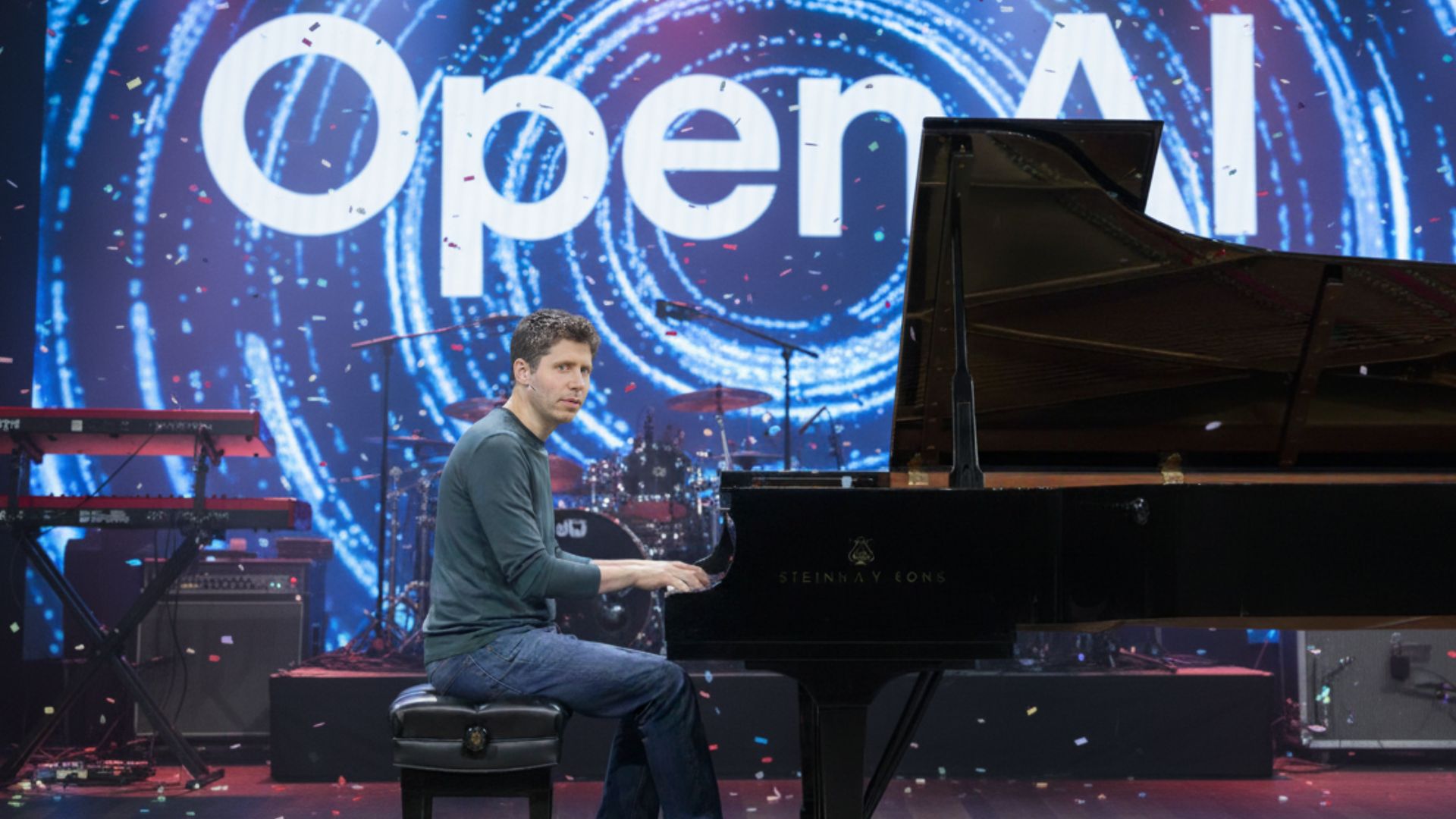
OpenAI is reportedly developing a new model that can generate music from text or audio prompts, according to sources speaking with The Information. The tool could add background music to videos or even create new musical elements like guitar tracks that sync with existing vocals.
→ Designed to produce music for video content and creative workflows
→ Could integrate into ChatGPT or Sora, or launch as a standalone app
→ Juilliard students helping annotate training data for higher-quality output
→ Follows earlier OpenAI music research, but now with modern multimodal models
→ Competing with tools like Google’s MusicLM and Suno

Music is one of the last major creative formats not yet fully disrupted by multimodal AI. If OpenAI nails both quality and licensing safeguards, this could transform how creators produce soundtracks and push the industry toward new AI-powered music norms.
AI SURVEY
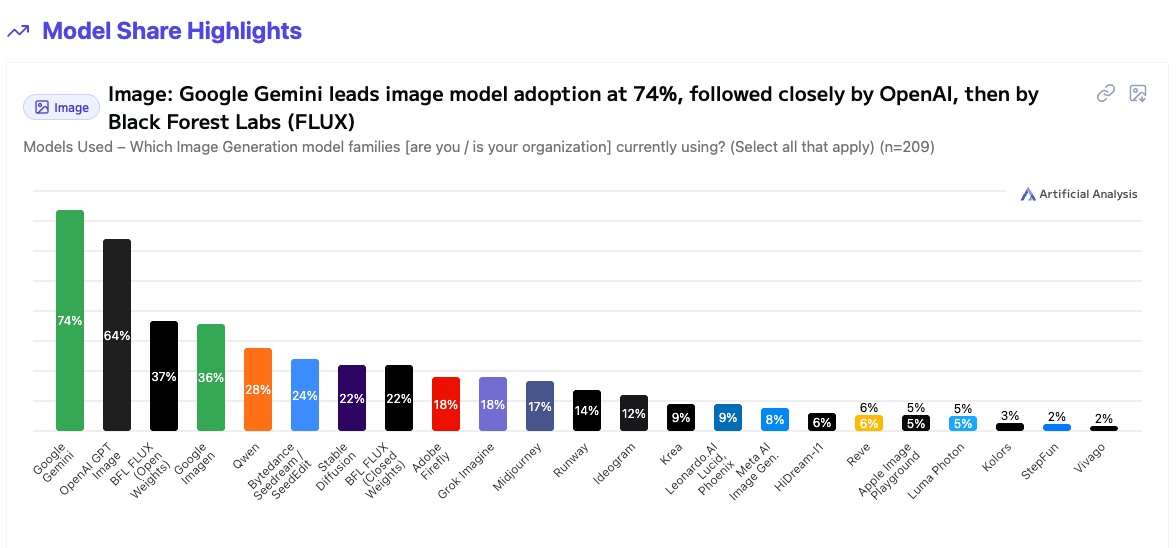
A new industry survey from benchmarking firm Artificial Analysis reveals how quickly visual AI tools are taking over creative workflow, and who’s winning the model wars.
Gemini is now the go-to for image generation, used by nearly 3 in 4 creators
Veo has become the leading AI video model, ahead of OpenAI and
Midjourney
AI images are basically mainstream: 89% adoption among personal creators
Video is catching up fast at 58% adoption
Businesses are already seeing impact, 65% hit ROI in the first year

Google is quietly becoming the default engine for visual creation, especially video, while enterprise adoption is proving both fast and financially rewarding. The platform wars are shifting, and OpenAI no longer holds the momentum by default.
AI ETHICS

Meta has told employees in its risk management division that their roles are being phased out, replaced by AI systems designed to handle routine corporate risk decisions. The announcement came through an internal memo obtained by Business Insider.
→ Jobs in risk and compliance being “eliminated” as automation expands
→ Meta says AI can now handle standardized decisions efficiently
→ Human staff will shift toward only the most complex escalations
→ Comes after firing 600 employees from its AI Superintelligence lab

Risk management is supposed to protect businesses from uncertainty, yet Meta is handing that responsibility to the very tech introducing new risks. It’s a bold cost-cutting move that signals a future where even jobs safeguarding AI systems are no longer safe from automation.

HOW TO AI
🎨 How to Build and Deploy a Fully Functional Web App Using Google AI Studio
In this tutorial, you will learn how to use Google AI Studio to build a complete web application using only natural language prompts, refine the interface through conversation, and deploy it publicly, all without writing a single line of code.
🧰 Who is This For
Entrepreneurs validating ideas quickly
Students learning how apps work
Designers and product teams testing prototypes
Developers generating boilerplate fast
STEP 1: Access Google AI Studio
Open your web browser and go to Google AI Studio, then sign in with your Google account. On the left side of the interface, select the option labeled Build, which opens the Vibe Coding workspace designed for creating apps through natural language. You can either start from an existing template or choose the option to prompt your first app, which will open a fresh project where you can begin describing what you want to build.
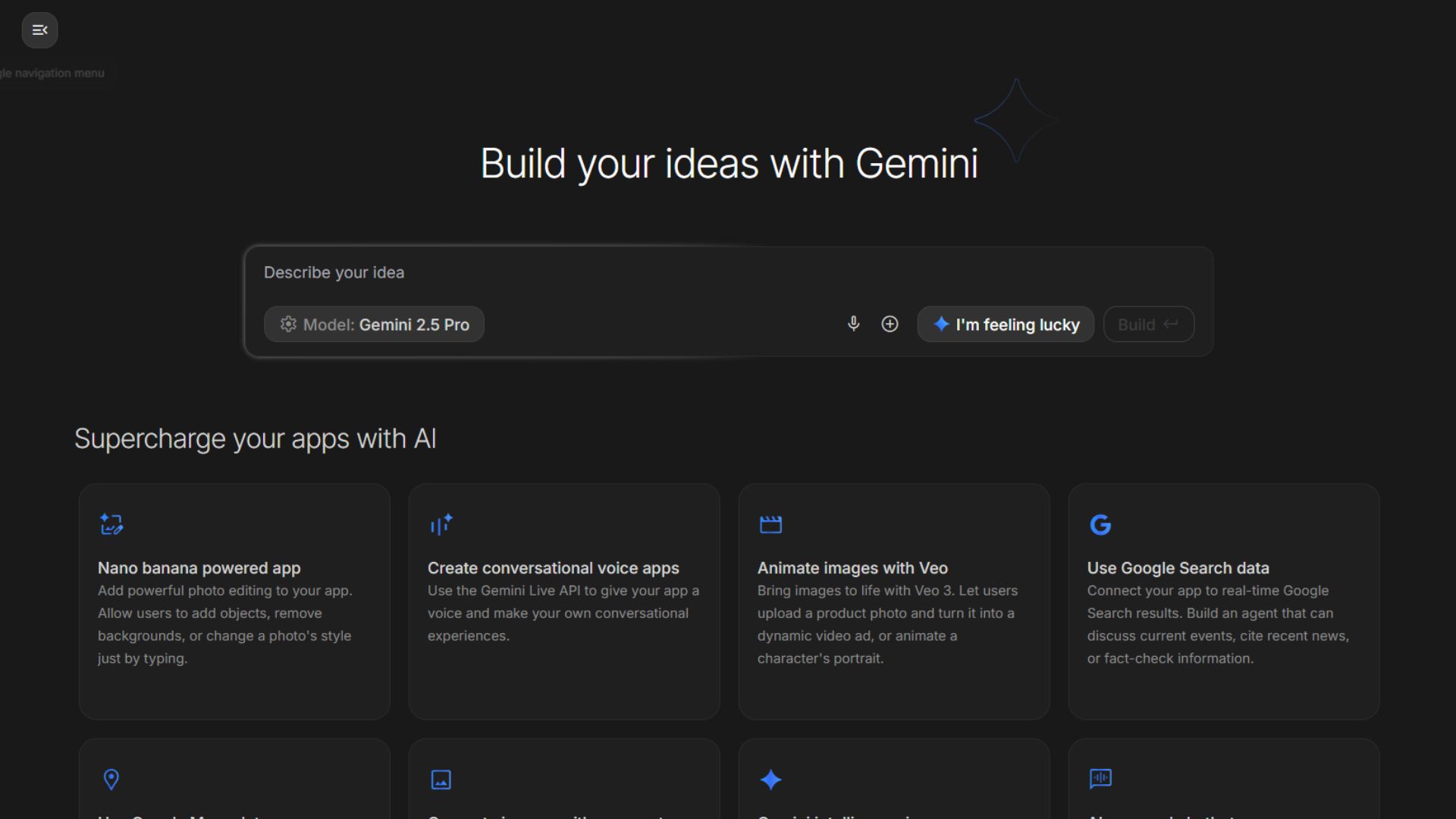
STEP 2: Describe your app idea
This step is the core of the entire process because your description will define how the app is created. You simply explain the purpose of your app, what users should be able to input, what action they will take, and what results should display.
For example, if you want to build a startup name generator, you might type: “Build a Startup Name Generator app. It should have a text box where the user can enter an industry and a button labeled ‘Generate Names’. When the user clicks the button, show a list of ten creative business names below based on that input.”
Once you submit this prompt by clicking Run, Gemini will build the front-end design and all necessary logic automatically.
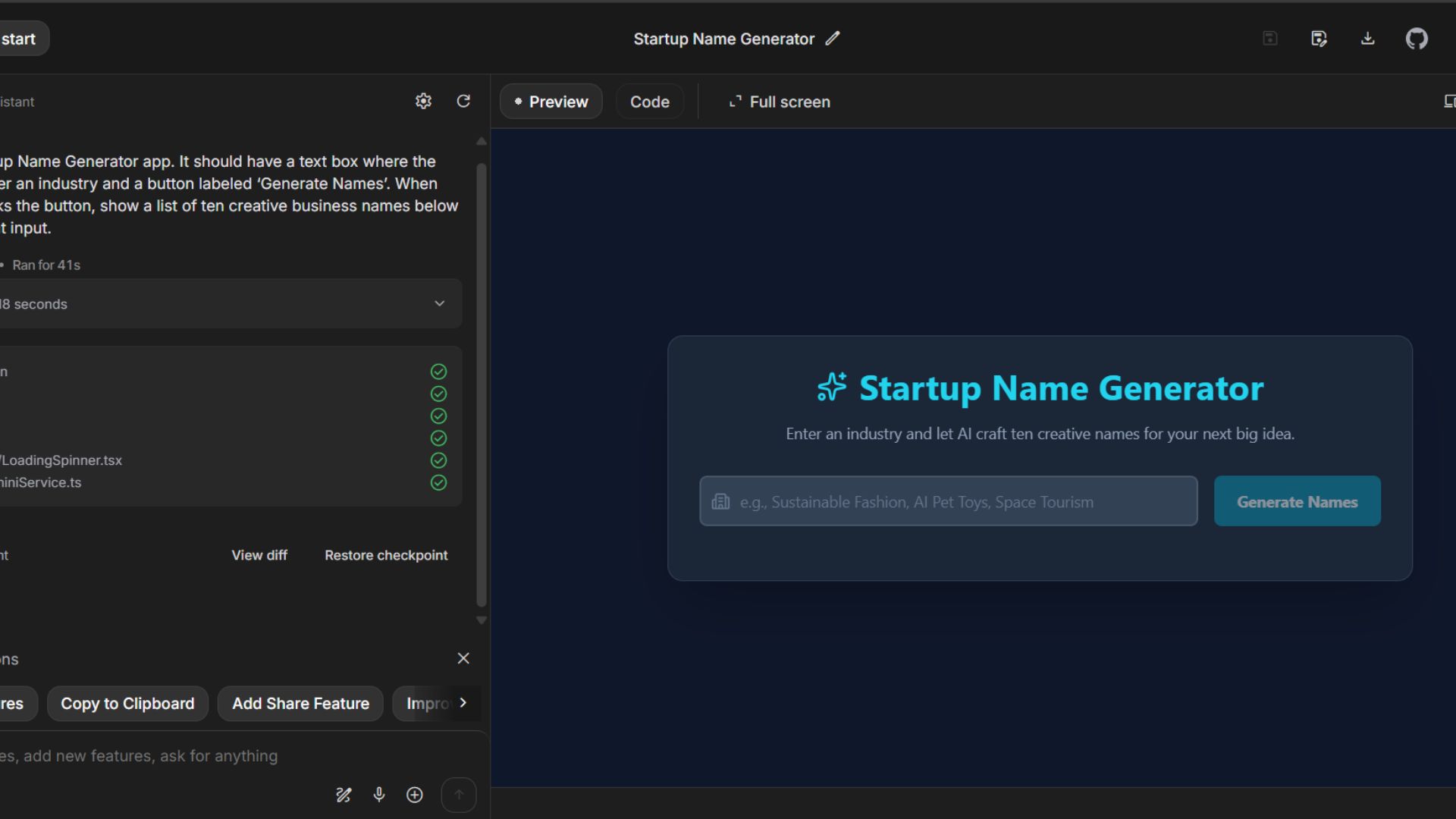
STEP 3: Refine your app conversationally
After the first version appears in the live preview, you can immediately interact with it to test functionality. If something needs to look better or work differently, simply tell Gemini what to change. You might ask to center all the content, make the text larger, change the background color, or add new features like saving generated results.
You can also select elements visually in Annotation mode (when available) and type instructions directly after clicking on them. Every improvement happens instantly without writing a single line of code.
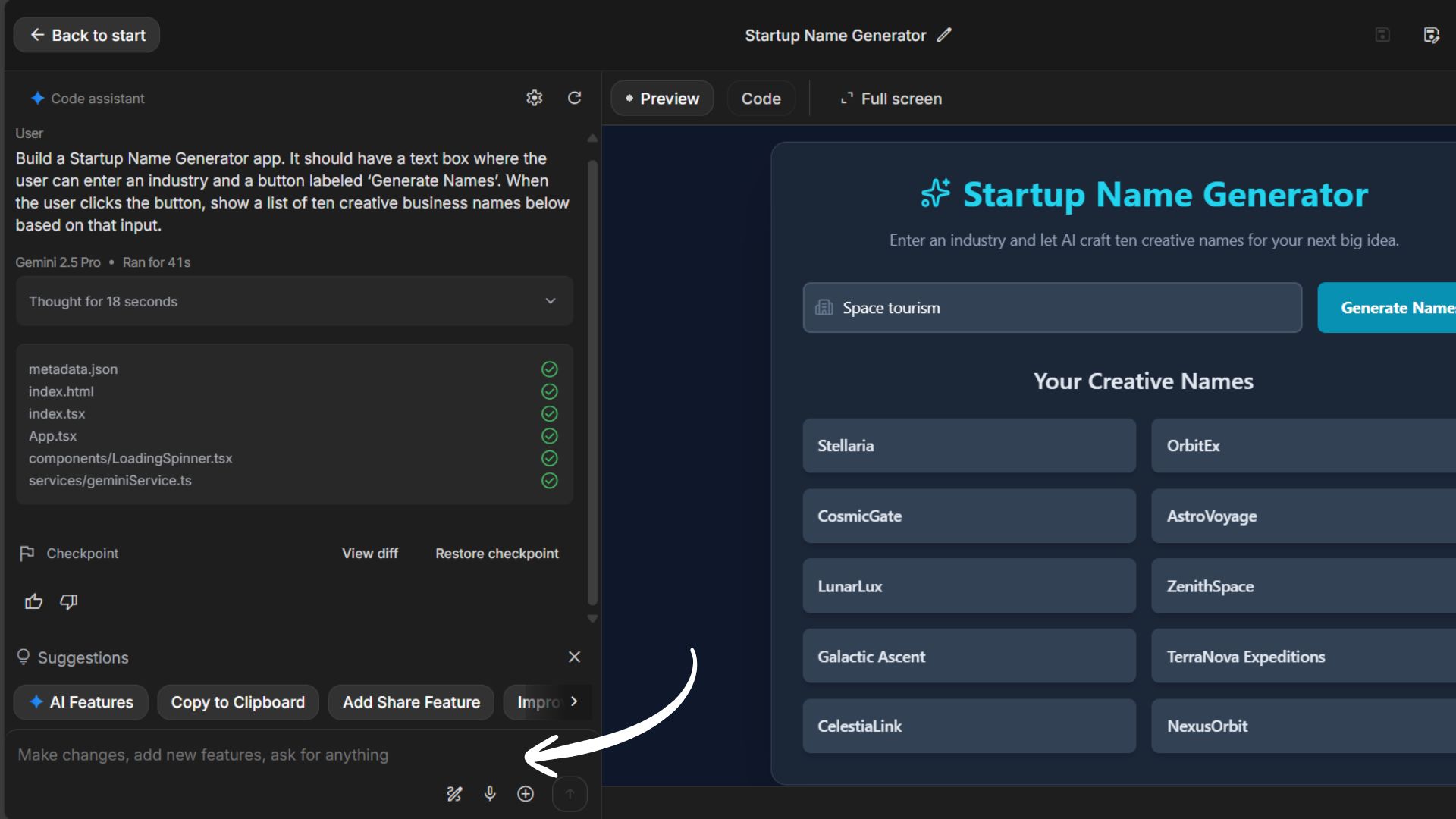
STEP 4: Deploy your app and share it publicly
When your app looks finished and performs the way you want, you can publish it with one action. Click the Deploy button located near the top of the preview panel. Google AI Studio automatically bundles your app and deploys it using Google Cloud Run with no setup required. After a short moment, the deployment completes and you receive a public URL that can be accessed on any device. This turns your project into a fully functional web application hosted online, ready to share with users around the world.

Google launched Google Earth AI, a tool that uses satellite images and AI to help fight environmental issues like floods and wildfires.
Sam Altman's brain-computer interface startup Merge Labs hires Mikhail Shapiro, who works on noninvasive techniques for neural imaging and control.
Apple is working on a vapor chamber for the next iPad Pro in 2027 and plans to start selling ads in its Maps app as early as next year.
Anthropic and Thinking Machines found that different AI models show distinct “personalities”, Claude focuses on ethics, Gemini shows more emotion, and OpenAI models prioritize efficiency.
Australia sues Microsoft for allegedly misleading ~2.7M Microsoft 365 users into accepting a price hike for Copilot plans while hiding cheaper non-AI options

🤖 Lindy AI CMO: A full marketing team powered by AI

THAT’S IT FOR TODAY
Thanks for making it to the end! I put my heart into every email I send, I hope you are enjoying it. Let me know your thoughts so I can make the next one even better!
See you tomorrow :)
- Dr. Alvaro Cintas